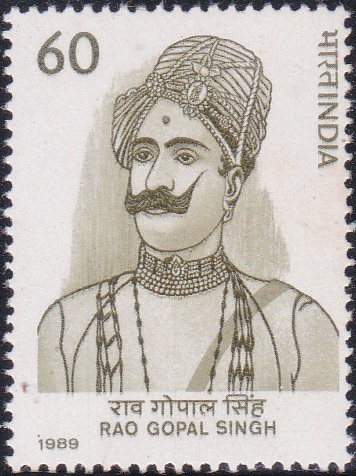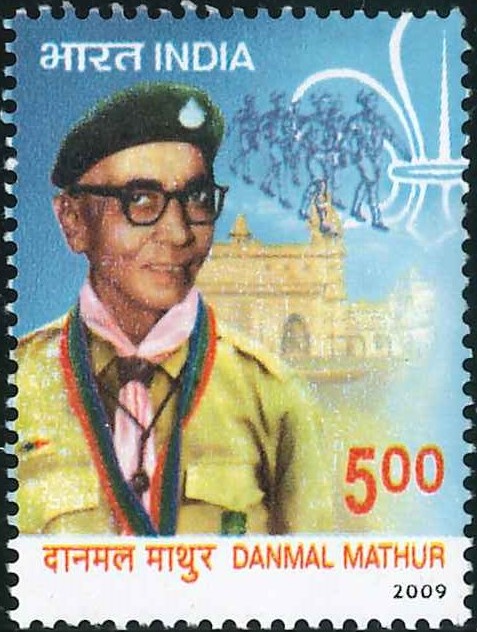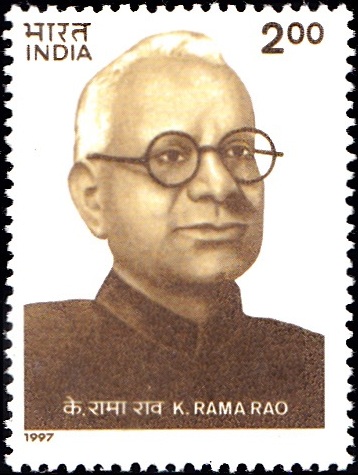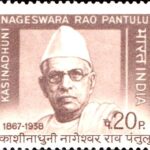
Rao Gopal Singh
A commemorative postage stamp on the 50th Death Anniversary of Rao Gopal Singh Kharwa, ruler of the Kharwa State of Rajputana (1872-1939) :
 Issued by India
Issued by India
Issued on Mar 30, 1989
Description of Designs : The stamp is designed by India Security Press, Nashik Road, the first day cover by Sankha Samanta and the cancellation by Alka Sharma.
Type : Stamp, Mint Condition
Colour : Single colour
Denomination : 60 Paise
Overall size : 3.91 x 2.90 cms.
Printing size : 3.55 x 2.54 cms.
Perforation : 13 x 13
Paper : Indigenous unwatermarked Adhesive gravure coated stamp paper
Number Printed : 10,00,000
Number per issue sheet : 35
Printing Process : Photogravure
Printed : India Security Press
Name : Thakur Rao Gopal Singh Kharwa
Born on 1872 at Rajasthan, India
Died on Mar 13, 1939 at Ajmer, Rajasthan, India
About :
- Rao Gopal Singh was born into the ruling family of Kharwa near present day Ajmer in Rajasthan. He was educated at Mayo College, Ajmer. Later he came in contact with Swami Dayanand Saraswati, the founder of the Arya Samaj.
- During the famine of 1899 he generously distribute food and clothes required by the needy. He had an abiding interest in the eradication of social evils & malpractices.
- Rao Gopal Singh was deeply committed to India‘s struggle for freedom. Kharwa became a centre for many of the revolutionaries of this period. This brought him into conflict with the then British Government of India. The Government sent its forces to surround Kharwa town, its fort and palaces, forcing Rao Gopal Singh to move to Todgarh where he was disarmed and many of his companions arrested. Rao Gopal Singh escaped to Salemabad in the erstwhile Kishangarh State. Here, after negotiations with the then Inspector General of Police, Rao Gopal Singh finally agreed to face trial in what came to be known as the Todgarh fugitive case. He was sentenced to live for two years under armed guard at Tilhar, Shahjahanpur, Uttar Pradesh from where he was released in 1920. He returned home to a hero’s welcome.
- He died in 1939, leaving behind him the memory of a man who combined in his personality traditional Rajput chivalry with the spirit of freedom.
- Material for text, courtesy: Shri Ganesh Prasad Sharma, Director, Public Relations, Government of Rajasthan.







